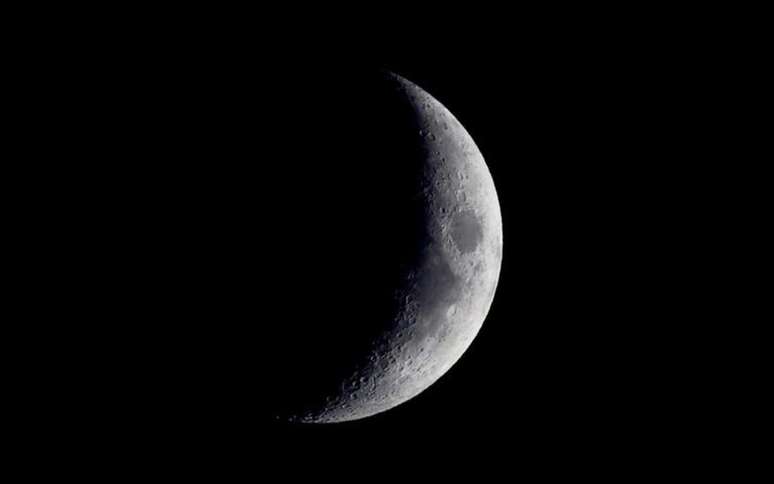Know when it’s just a momentary annoyance or an indication of a more serious headache
From a little discomfort at the end of a busy day to a migraine, it’s hard to escape heachache. A survey carried out in 2022 by The journal of headaches and paina British magazine specializing in headaches, has revealed that more than half of the world’s population has had a headache at some point.
Headaches are divided into two classifications: “the primary ones, when the headache is the problem itself, such as a migraine; and the secondary ones, which may be indicators of some other problem, such as a hangover and sinusitis, or something more serious, such as a tumor or a hemorrhage in the head”explains the neurologist and professor of Medicine at the Universidade Positivo (UP), Renata Ramina Pessoa.
The professional reveals that the primary ones are more common and, among these, the most frequent is episodic tension pain, the one that usually appears at the end of the day, which is annoying, but which the person manages to do day by day. daytime activities. Of the secondary pains, the most common are those caused by hangovers, sinusitis, and fever.
In addition to these, there are other simple causes of headaches, such as pain from not wearing glasses for people who need the accessory.
“When vision is not properly corrected, the brain has to work harder to compensate for this visual impairment, causing eye strain and strain, which triggers headaches. This is common during activities that require visual effort, such as reading, prolonged use of the computer. and low-light environments”, specifies the neurologist, warning that even those who wear glasses with an inadequate degree can feel this type of pain.
Headache: when is it serious?
Renata points out that bruxism, the habit of involuntarily grinding or clenching the teeth, can also be a trigger for headaches, and that it is important to monitor the situation in parallel with a dentist and neurologist.
“This condition causes tension in the muscles of the jaw, head and neck, extending to the temple region and causes an overload in these muscles, which manifests as a headache”explains the doctor.
Other common causes of these pains are hormonal changes, such as the menstrual period, diet, when there is an exaggerated consumption of processed foods, caffeine and artificial sweeteners, and environmental factors, such as polluted environments, inhaling cigarette smoke, climate and temperature changes.
The expert also reveals that, currently, one of the most frequent causes of headaches is prolonged exposure to the computer, which causes muscle tension in the neck, shoulders and head, causing discomfort.
“Computer and smartphone screens have blue light that affects the internal biological clock and disturbs sleep, as well as causing eye strain. Continuous use of keyboard and mouse can also cause muscle tension leading to headaches”explains.
Renata recommends taking regular breaks during this type of activity, resting 5 to 10 minutes for every hour of screen use, as well as adjusting the ambient lighting to avoid light reflections on the monitor, positioning it at eye level and practicing exercises to relieve muscle tension and improve posture.
“Glasses with yellow lenses are also indicated, which relieve headaches caused by this blue light, as this type of lens blocks the light emitted by screens”, ends.
Source: Terra
Ben Stock is a lifestyle journalist and author at Gossipify. He writes about topics such as health, wellness, travel, food and home decor. He provides practical advice and inspiration to improve well-being, keeps readers up to date with latest lifestyle news and trends, known for his engaging writing style, in-depth analysis and unique perspectives.








